
Specs
Zeta
- Drivers : Dynamic, 10 mm
- Rated Impedance : 16Ω
- Frequency Range : 20 Hz ~ 20 kHz
- Sensitivity : 103 dB at 1 mW
- Rated Input Power : 3 mW
- Cable : 1.3 m Y-Cord
- Plug : 3.5 mm, Gold plated
Delta
- Drivers : Dynamic, 8 mm
- Rated Impedance : 16Ω
- Frequency Range : 20 Hz ~ 20 kHz
- Sensitivity : 100 dB at 1 mW
- Rated Input Power : 20 mW
- Cable : 1.3 m Y-Cord, Copper
- Plug : 3.5 mm, Gold plated
S0
- Drivers : Dynamic, 9 mm
- Rated Impedance : 16 Ω
- Frequency Range : 18 Hz ~18 kHz
- Sensitivity : 100 dB at 1 mW
- Rated Input Power : 10 mW
- Cable : 1.2 m Y-Cord
- Plug : 3.5 mm, Gold platedRemote : 3 Button In-Line
Design

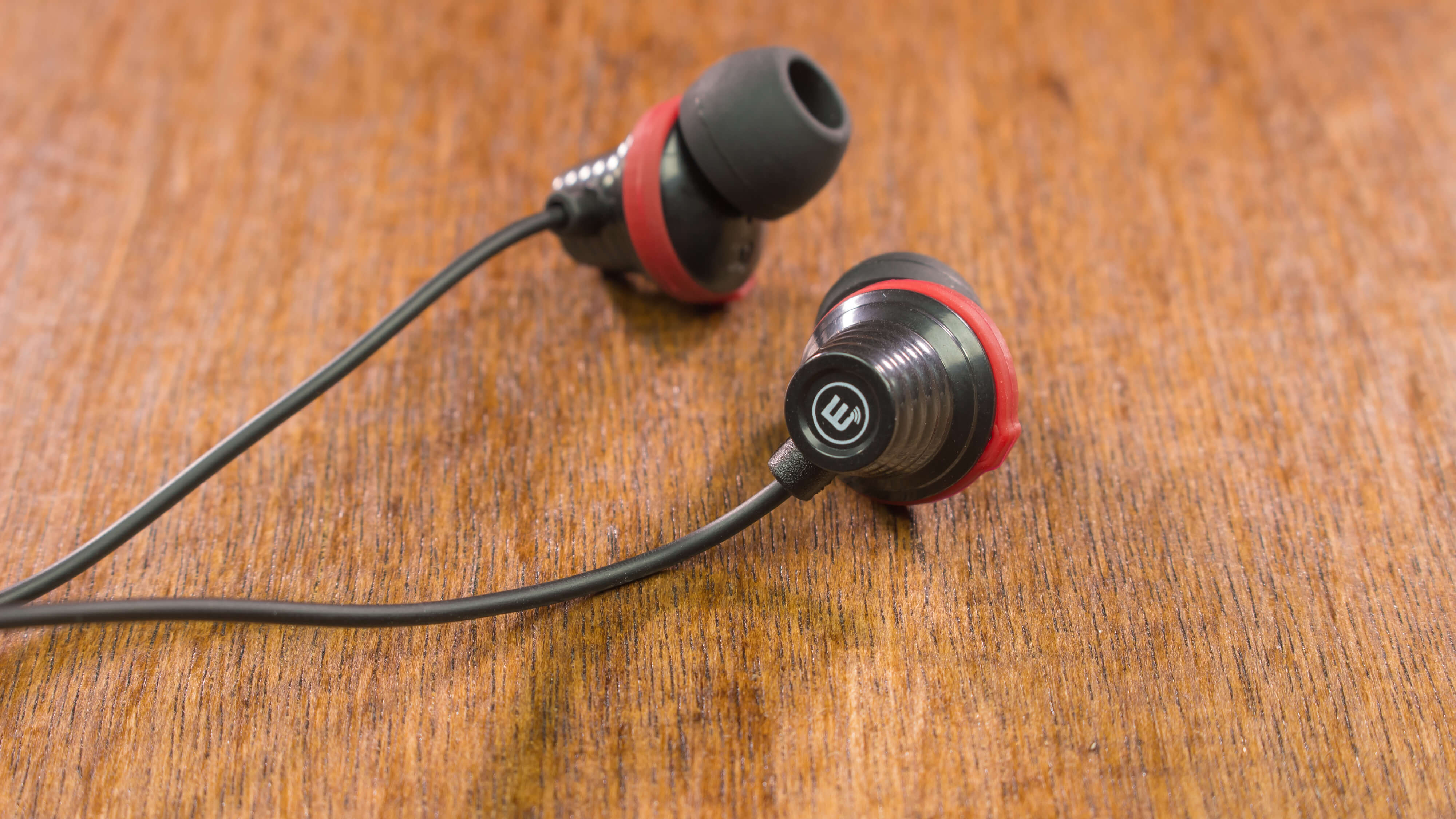
None of these 3 IEMs are going to blow you away with an interesting or premium design or build quality. Both the Delta and the S0 feature metal housings whereas the most affordable of the bunch, which is the Zeta, is made out of plastic.The overall design, especially that angled nozzle reminds me of the FiiO EX1 2nd Gen, but that earphone was actually made of metal. The cable is quite thin and it does feel rather flimsy if I’m honest. I’m not sure exactly what kind of strain relief has been incorporated here, so it’s difficult to predict how long it’ll put up with the wear and tear of regular daily usage. But really, it’s the type of build quality that you’d expect for around $20.
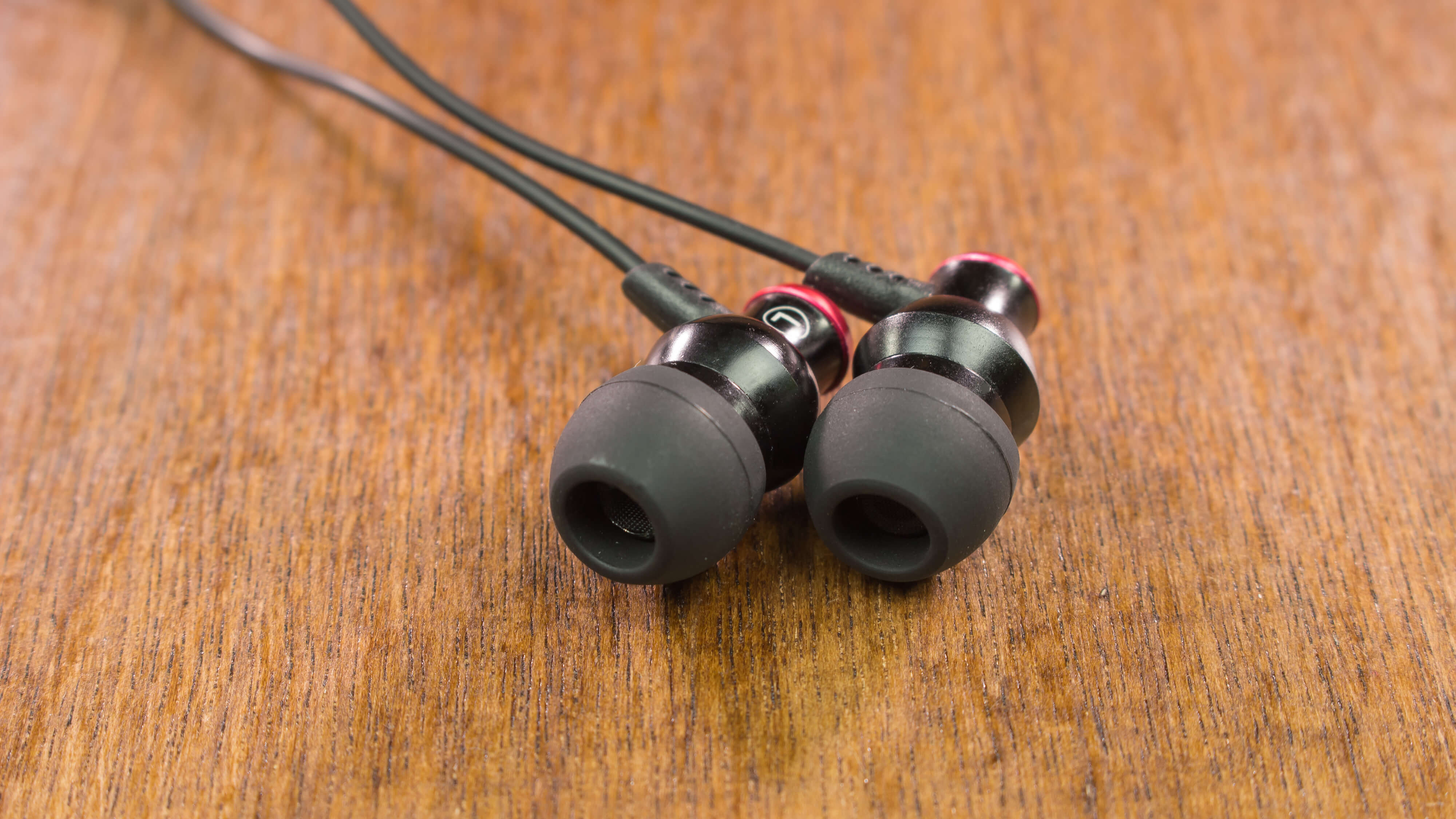
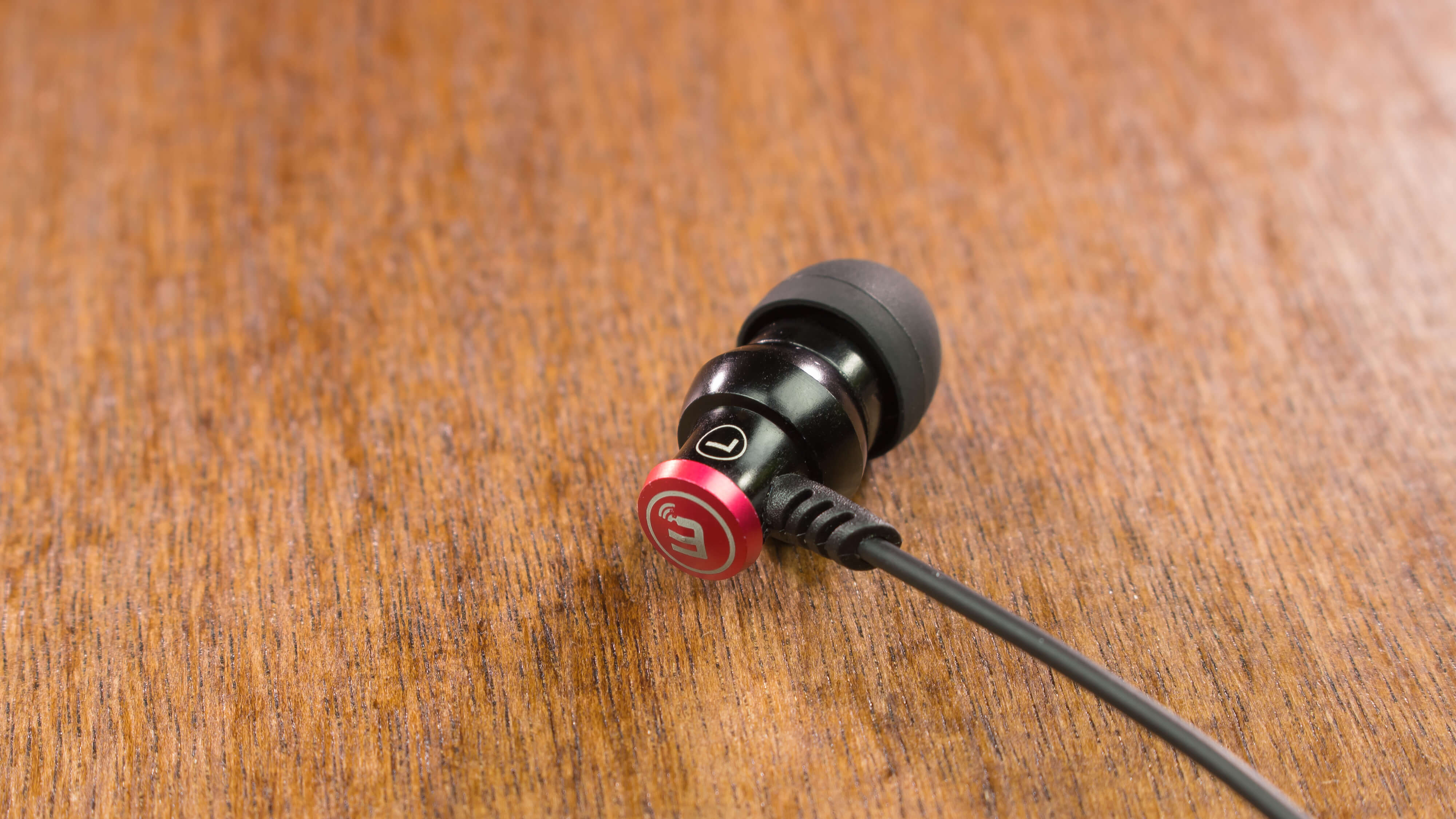
Next up is the Delta which comes in at $27.50. The design reminds me of some older Skullcandy earbuds and as a whole just looks and feels more premium. One particular improvement over the Zeta is that we can see some actual strain-relief this time, despite still using a fairly thin cable for each channel. It would be interesting to see how this model fairs over time, but I suspect that it might just be a more durable design.
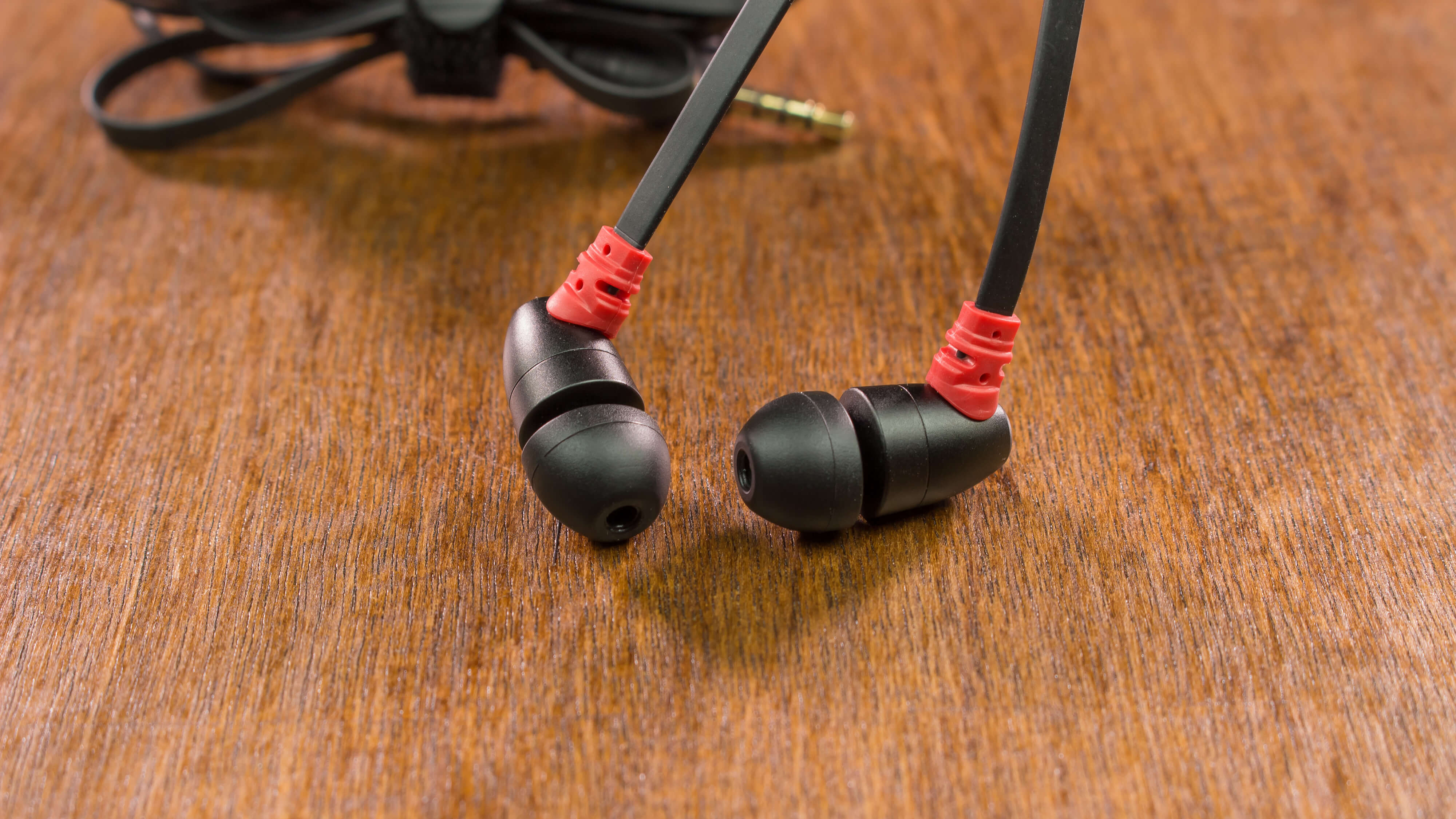
Our last contender is called the S0 which has a more premium price-tag of $49.50. This model features an even more robust strain-relief and a flat cable (kinda like what you’d see on some Beats models). My best guess would be that those 2 elements would make the S0 even more robust than the Delta.
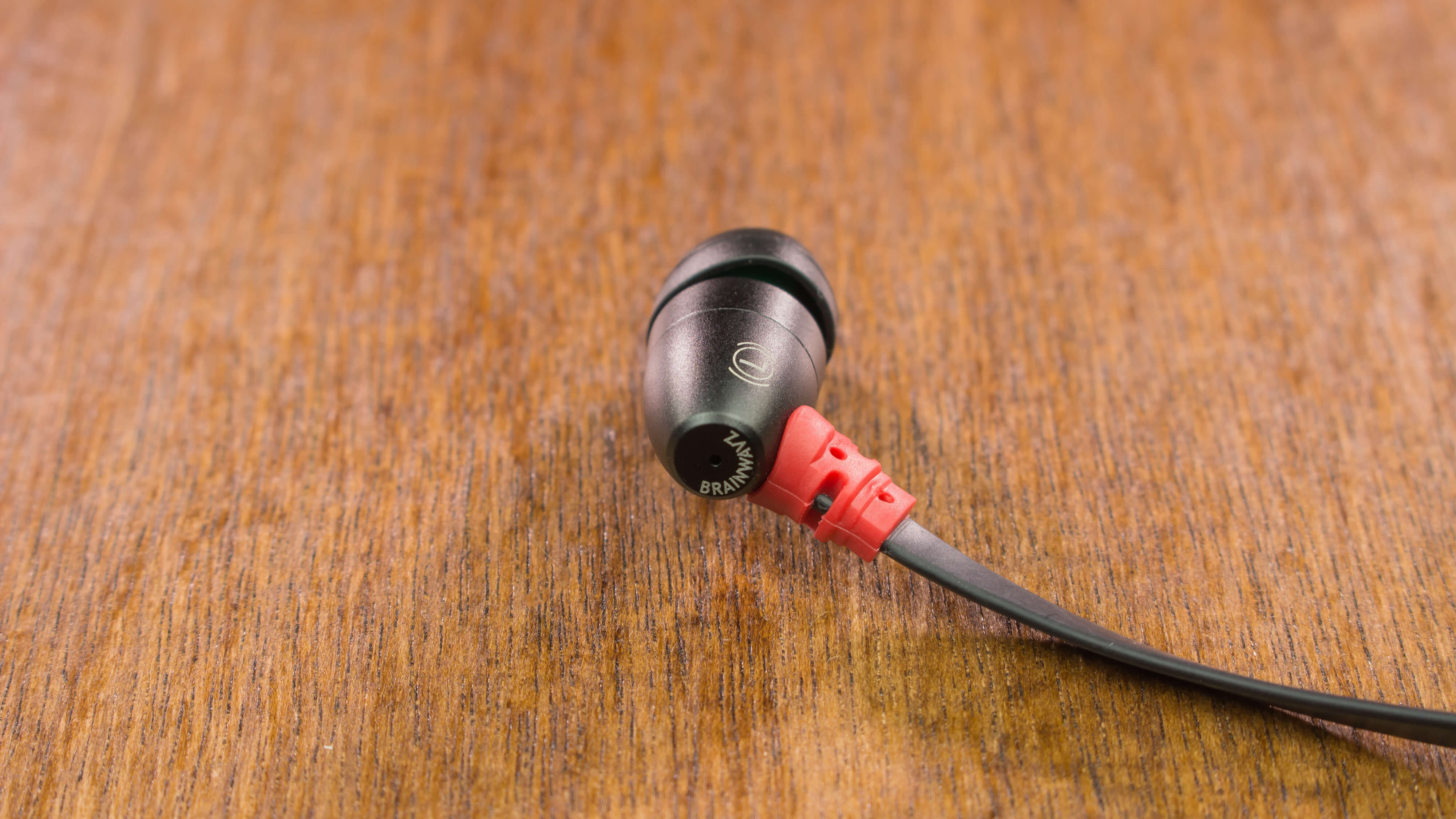
Truth be told, I actually thought the Delta was the more expensive model because the housing on the S0 didn’t initially feel like metal. In comparison to the machined-design of the Delta, the S0 just looks so much more simple and it’s got a very smooth soft-touch finishing that looks very similar to a high quality plastic, whereas the Delta is more shiny. But the weight and surface temperature was an eventual give-away that the S0 is in fact metal.
Sound
The thing I found quite interesting about these 3 earphones is that, along with the differences in build quality, they also offer quite different sound signatures from each other as well.
As mentioned, the Zeta is the most affordable of the bunch, but this isn’t only reflected in the design and build quality, but in the sound too. According to Brainwavz, the Zeta “…houses finely tuned dynamic drivers that deliver smooth detailed bass with clear and crisp vocals.”
Sorry, but this just simply isn’t true, especially the part about vocals.
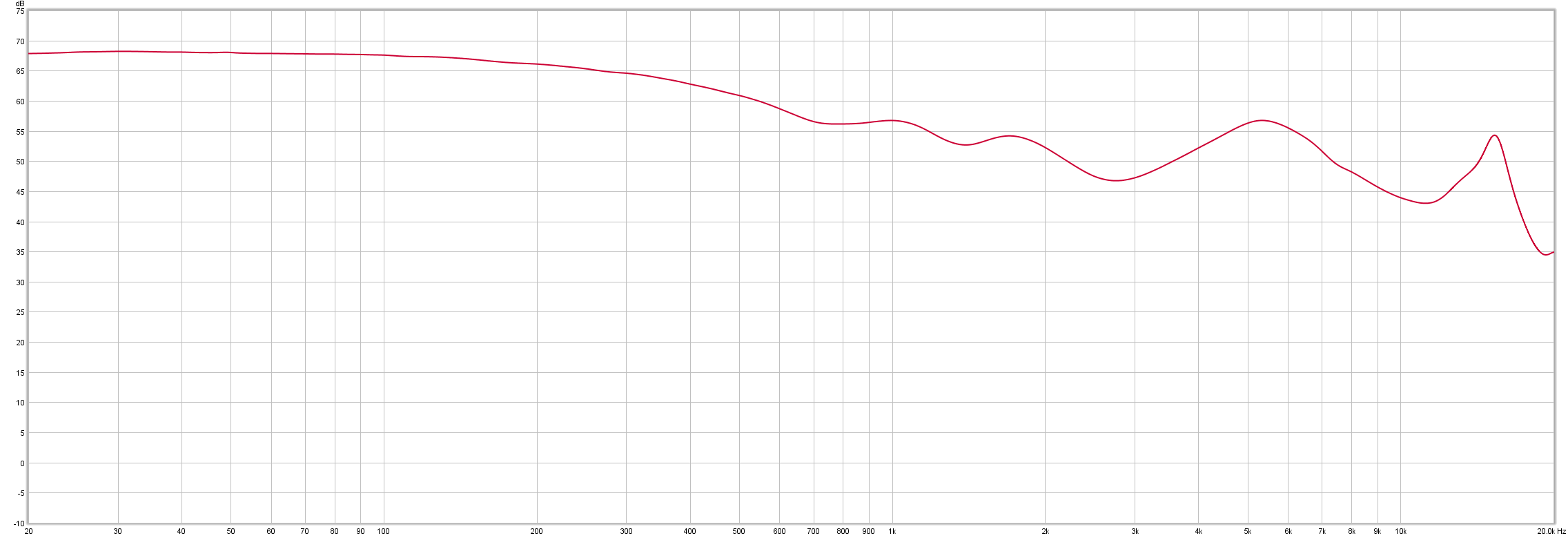
Yes, the bass is present, but it’s too present. It’s bloated and it muddies up the mids. It’s also totally dominant over the vocals and treble frequencies. In fact, the signature as a whole just comes across dark-sounding perhaps as a result of vocals sounding recessed and somewhat distant (or vice versa).
If we take a look at the frequency response graph, then it becomes clear what we’re dealing with.
There’s quite a lot of sub-bass energy, which in itself isn’t a bad thing at all, but we can see that the bass extends way into the mids and there’s quite a large scoop in the vocals range relative to that large bass hump and the rise at around the 5kHz point. I suppose one good thing we can say is that the Zeta has no harsh sibilance.
Moving on to the Delta, here Brainwavz claims that “the award winning Delta IEM delivers refined sound and clarity whether used for music, video or audio calls – the perfect all round replacement for stock earphones”.
Personally, I think that last part might be true for a lot of stock earphones, but the Delta certainly does not offer a refined sound in absolute terms. Yes, it’s more refined and offers better-sounding vocals and treble clarity compared to the Zeta, but that’s not without its own drawbacks.
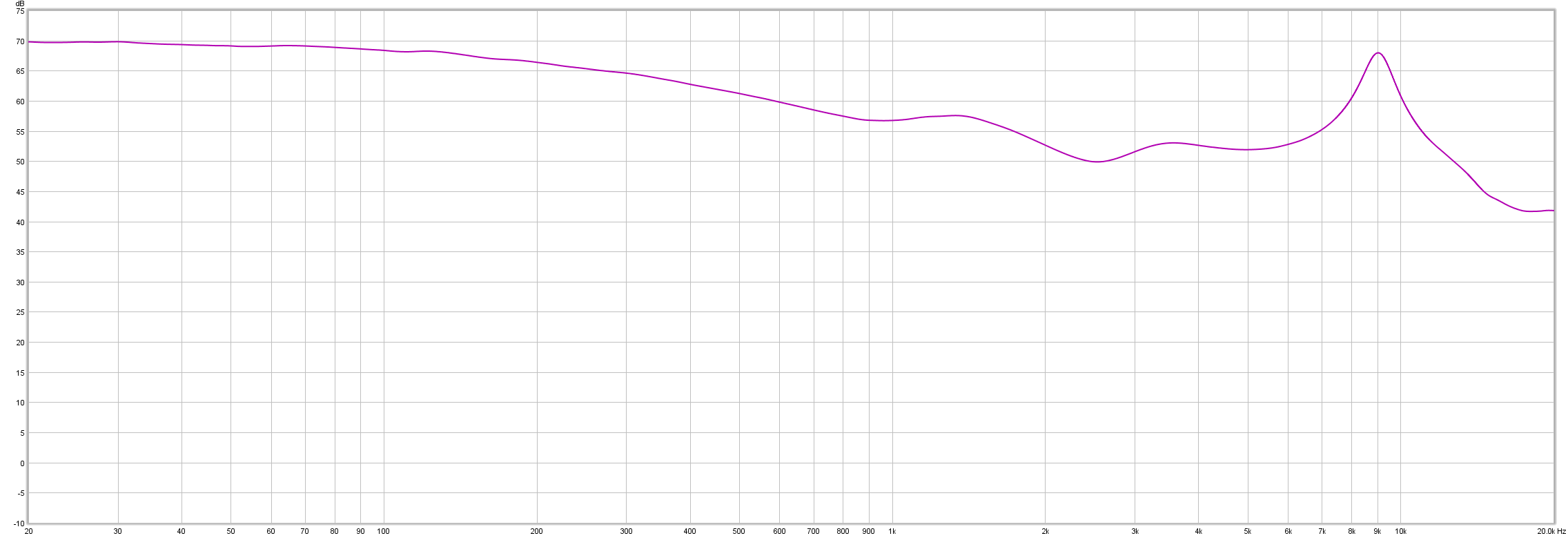
The bass doesn’t feel as bloated as that of the Zeta and the added treble energy adds more life and sparkle to the music. It brings an overall more balanced-sound.
Depending on the track, however, the increased treble can become a bit fatiguing as you start to encounter sibilance.
The frequency response graph reveals that the Delta is indeed not as bloated in the bass region, but unfortunately that treble spike does land roughly at that 8kHz point which tends to be a problem area with reference to sibilance.
So overall, yes, the Delta does seem more refined than the Zeta, and for the price I suppose it’s not a particularly bad set of IEMs…but now let’s look at the S0.
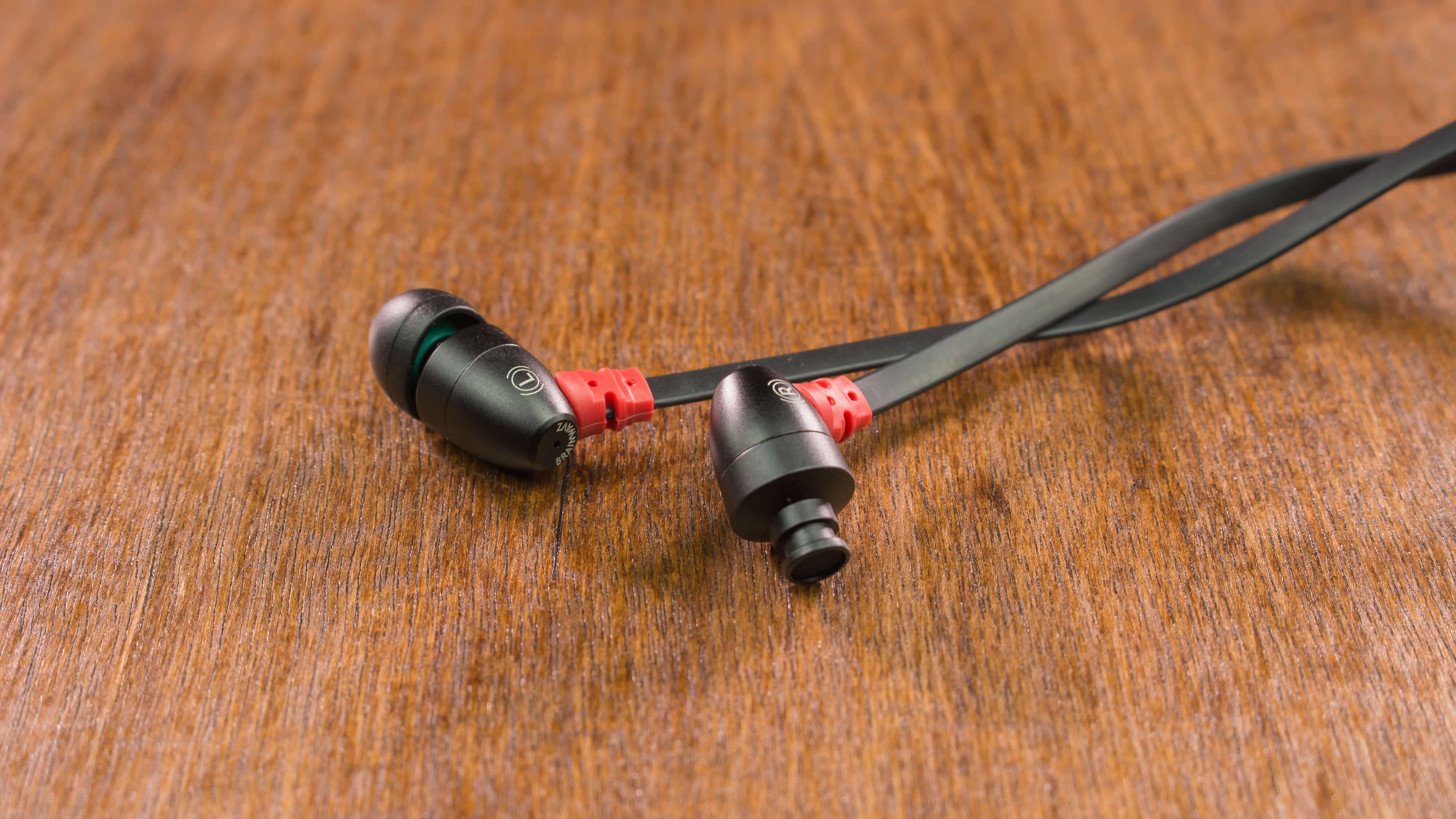
Compared to the other 2 items in this trio, the S0 is just way more balanced and refined. Brainwavz stated that the S0 “have been designed to provide a balanced sound signature with each part of the sound spectrum represented accurate and clear.”
Finally, this is something I could agree with…for the most part.
Broadly-speaking, the signature does come across rather well balanced. It comes across as flat and reasonably accurate, pretty much something you would expect from a headphone which is designed for sound monitoring.
Everything is there and it doesn’t really feel like there are certain parts trying to compete with each other apart from some added forwardness in the upper mids.
Now of course, this isn’t going to suit everybody’s taste. Because of that flatter bass response, the S0 offers very little in the sense of excitement. We don’t get any sort of nice addictive deep bass rumble, but personally I would much rather live with an overall smoother, flatter, and objectively more accurate response as opposed to one that might introduce some fatiguing treble peaks.
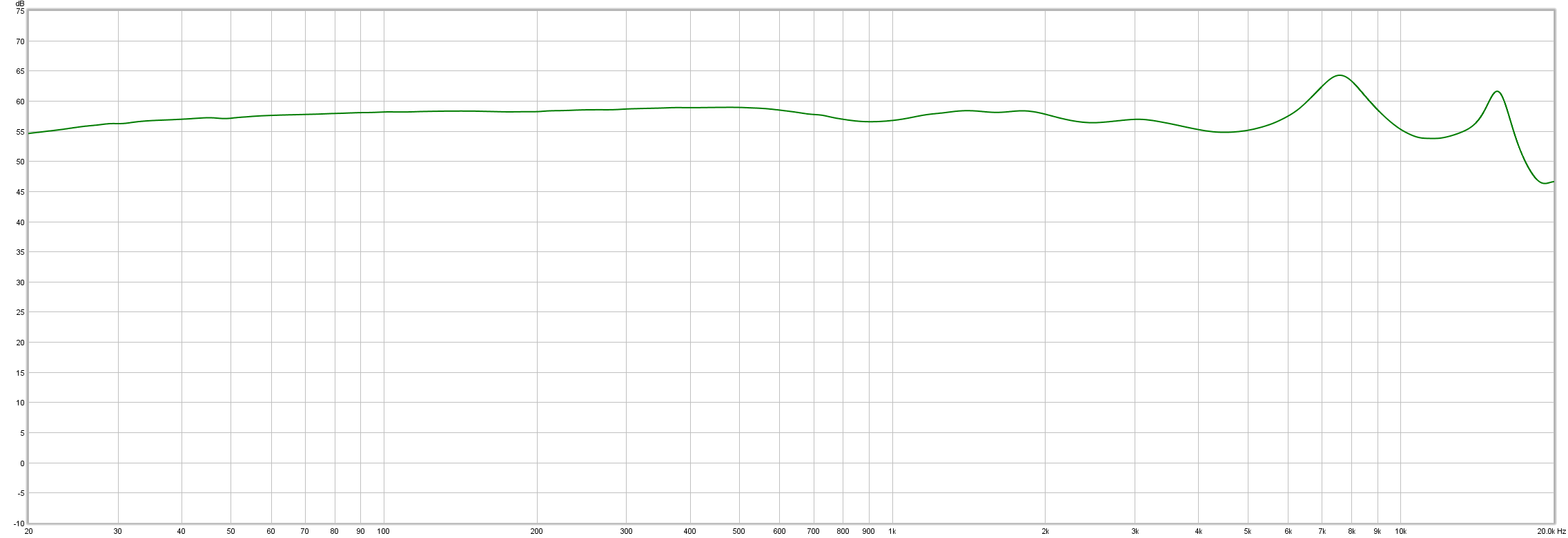
Again, if we refer to the frequency response, we can see that the S0 has a way flatter response, and of the 3 it definitely holds the crown in terms of outright audio quality.
So, it seems rather easy then, doesn’t it? Pay more and you get more, the S0 is the way to go.
Well, not quite.
If I only had a choice between these 3, then yes, I would personally go for the S0.
But what if we asked a slightly different question?
If you said to me “here’s 50 bucks, go spend it on a set of earphones”, would I then still pick the S0?
That’s a bit tricky, because we might want to consider the M6 Pro 2nd Gen from MEE Audio as well.
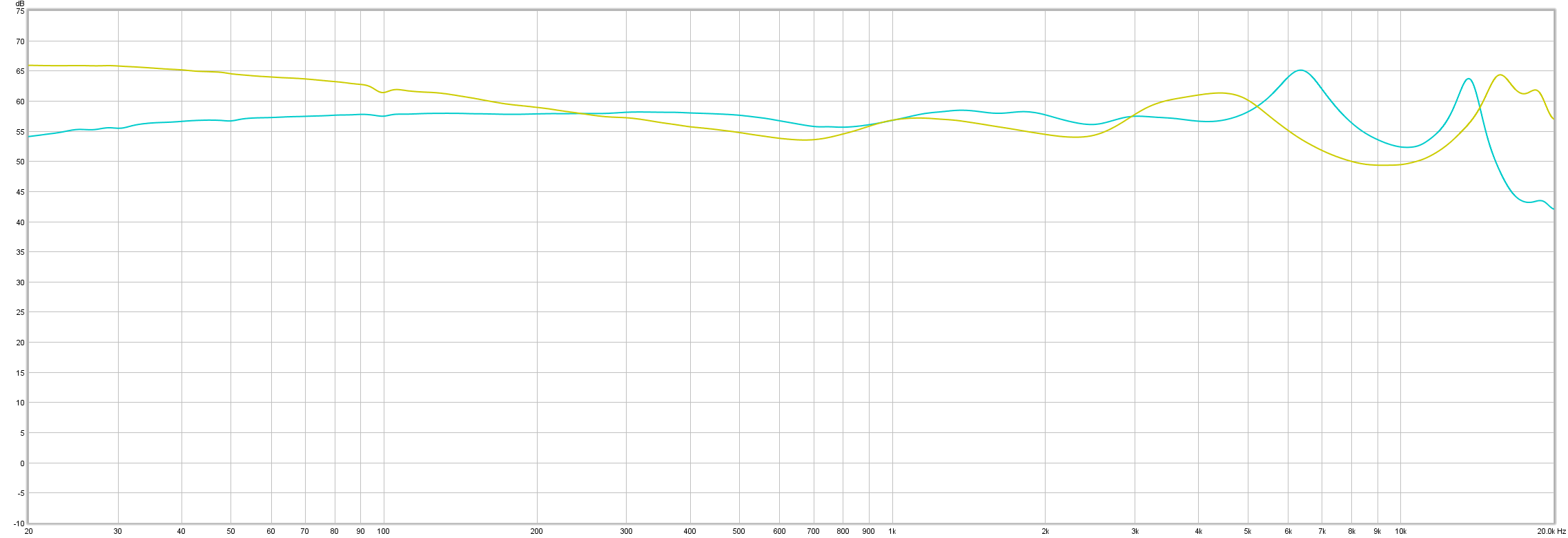
I’m a big fan of MEE Audio, and especially of the M6 Pro line. The first M6 was pretty good for the price, but the 2nd Gen just took things in a whole new direction of refinement despite costing the same as its predecessor. In fact, when MEE Audio came out with the M7 Pro I was genuinely dumbstruck as to how it could even remotely be considered as a better product, let alone worth 3 times the price of the M6 Pro 2nd Gen.
Looking at the response graph of the S0 and that of the M6 Pro 2nd Gen reveals that the MEE Audio still has a relatively smooth response but with a fairly substantial amount of added bass excitement and some upper midrange energy which is a bit more spread out whilst staying well away from that 8kHz point.
Value
So, as these 3 earphones target 3 different price-points, you might very well assume that they would also hit different points on the audio quality scale, if there ever was such a thing as an audio quality scale. Normally I would say that there simply is no reliable direct link between quality or value and price, but in this specific case you really do get an objectively better product the more you pay.
But as I said, for 50 bucks, between the S0 and M6 Pro 2nd Gen, there are a couple of reasons to go with the latter for an everyday type of earphone, even more so if we also take into consideration the fit and comfort of the M6 Pro 2nd Gen. It’s just more discrete and less fiddly for me.
Now I know, there are other companies such as KZ, and a bunch more, that all offer numerous multi-driver earphones for even less than $20. Some of their earphones actually get pretty decent reviews, but since I haven’t had the chance to check them out for myself, I’m obviously in no position to confirm that they would in fact be a better buy than the M6 Pro or the S0.
So, this is not me saying that the M6 Pro 2nd Gen is the best value IEM out there for $50, but within the context of the M6 Pro and the S0, I think most people would prefer the warmer and more bassy signature of the M6 over the smoother but arguably more boring S0.
So, with that in mind, you could argue that if accuracy is more important then the S0 would probably be the better buy. As with many things in this hobby, it’s pretty much going to come down to what you want or need. Whether you choose the S0 or the M6 Pro 2nd Gen though, either one of those is going to be a better buy than either the Zeta or Delta, at least in my opinion and with reference to out-right audio quality.
In fact, if you don’t mind spending roughly $100 or so on a little experiment, then you could buy both the S0 and the M6 Pro 2nd Gen as that will allow you to figure out not only which type of signature you find yourself leaning more towards, but it also gives you the opportunity to test out the fit and comfort of both a regular cable-down earbud design and of an over-the-ear cable design.
But again, if I had to pick among these 3 Brainwavz products, then it would be the S0 for sure.
